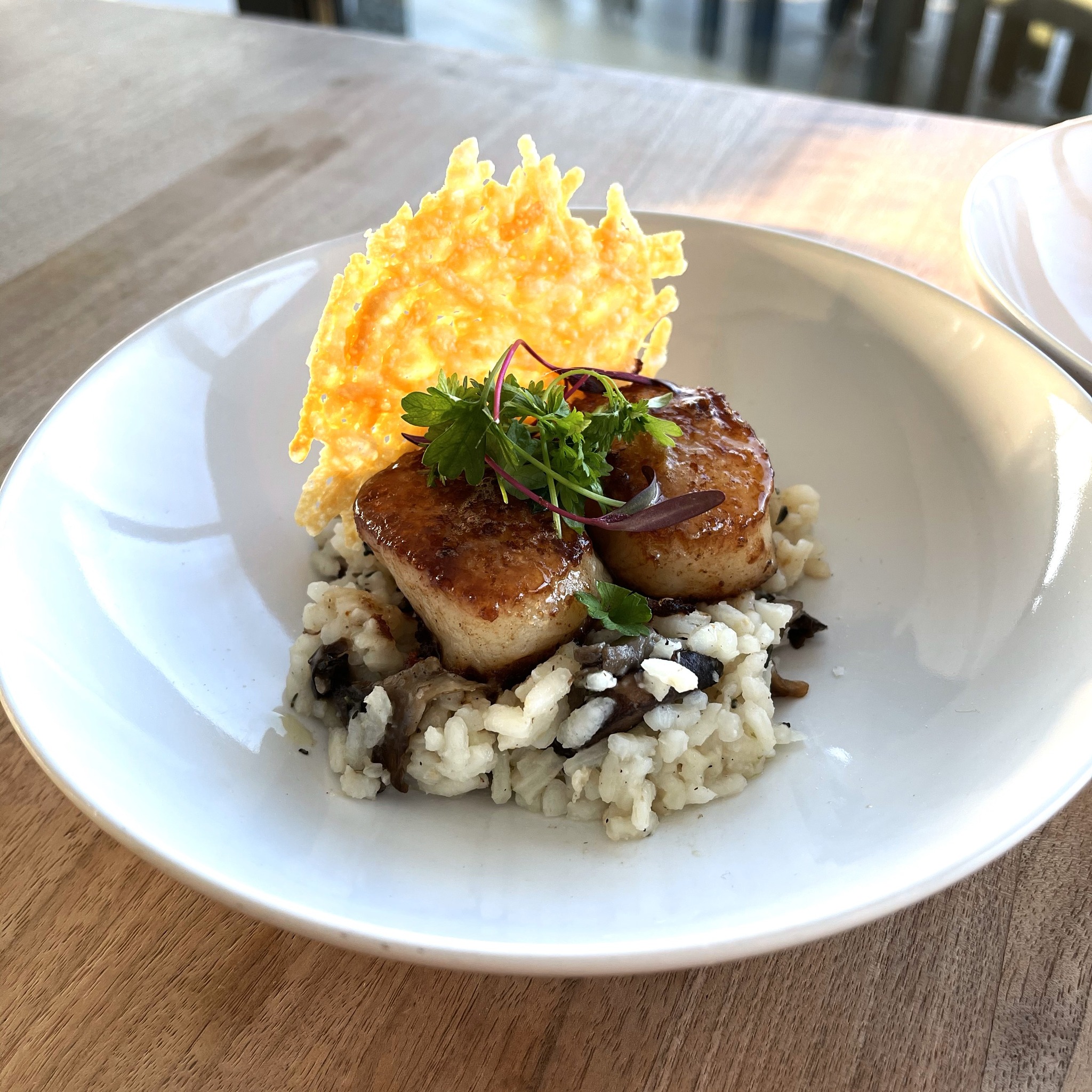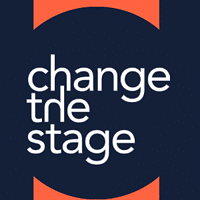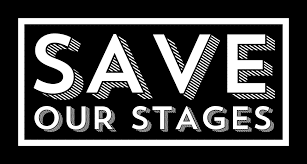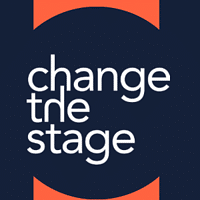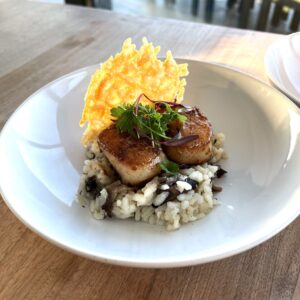In today’s diverse world, creating events that welcome everyone is more important than ever. Inclusive and accessible events not only show respect for all guests, but they also enhance the overall experience by embracing diverse abilities and backgrounds. Here are key tips to help you design events that truly welcome everyone. Designing Events for All: Essential Tips for Inclusive and Accessible Experiences
Understand Your Audience
Begin by learning about your attendees’ diverse needs:
- Conduct Surveys: Ask potential guests about accessibility requirements and dietary restrictions.
- Engage with Communities: Consult organizations that support individuals with disabilities for insights. Designing Events for All: Essential Tips for Inclusive and Accessible Experiences
Choose an Accessible Venue
A venue sets the tone for your event:
- Physical Accessibility: Ensure ramps, elevators, and wide doorways are available for wheelchair users.
- Visual & Auditory Aids: Provide clear signage, braille options, and assistive listening devices.
- Location Considerations: Select a venue that is easy to reach via public transportation and has ample parking. Designing Events for All: Essential Tips for Inclusive and Accessible Experiences
Design an Inclusive Program
Tailor your event to engage a diverse audience:
- Flexible Formats: Incorporate multiple session formats—panels, interactive workshops, and Q&A sessions—to suit different communication styles.
- Language Services: Offer sign language interpreters, closed captions, or translation services.
- Sensory-Friendly Spaces: Designate quiet zones where guests can take a break from noise and stimulation.
Foster a Welcoming Atmosphere
Create an environment that makes everyone feel valued:
- Inclusive Communication: Use clear, simple language in all communications and marketing materials.
- Diverse Representation: Feature speakers, performers, and panelists from varied backgrounds.
- Cultural Sensitivity: Respect cultural differences in food, dress, and customs by offering diverse options and spaces.
Plan for Dietary and Mobility Needs
Pay attention to specific needs:
- Catering Options: Provide a range of menu choices that accommodate allergies, dietary restrictions, and cultural preferences.
- Mobility Assistance: Arrange for shuttle services or on-site mobility support if needed.
- Restroom Facilities: Ensure restrooms are accessible and provide gender-neutral options.
Use Technology to Enhance Accessibility
Leverage modern tools:
- Event Apps: Offer an app with event schedules, venue maps, and accessibility information.
- Virtual Participation: Consider hybrid options that allow remote attendance with interactive features.
- Real-Time Feedback: Use digital surveys during the event to quickly address any accessibility concerns.
Train Your Team
Your event staff can make or break the guest experience:
- Sensitivity Training: Educate staff on inclusivity and accessibility best practices.
- Clear Protocols: Provide guidelines for assisting guests with diverse needs and handling emergencies.
- Personalized Service: Encourage staff to approach each guest with empathy and a willingness to help.
Final Thoughts
Designing events for all is not only about compliance—it’s about embracing diversity and fostering a sense of belonging. By understanding your audience, choosing accessible venues, and incorporating inclusive practices throughout your planning process, you can create events that are welcoming, engaging, and unforgettable for every guest.
Ready to create an event that truly celebrates diversity? Start planning today, and let’s design experiences that open doors and hearts for everyone.

